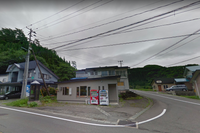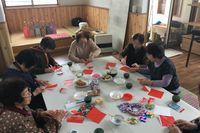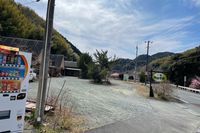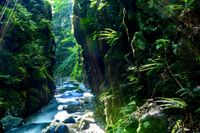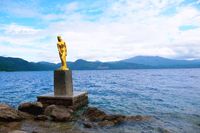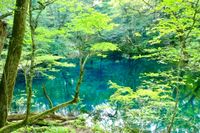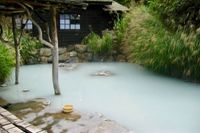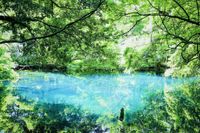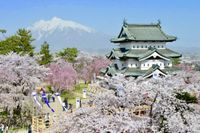Oga Peninsula
秋田県/男鹿市

Description
This is a peninsula that protrudes out to the Japan sea in the western part of Akita. This place is famous for being the home of a god named "Namahage" who wore clothes made of straw. The three mountains have been revered and worshipped throughout the ages.
Homepage
Address
Nearby Car Night Spots
Nearby Activities
Cultural Experience with Sembuku Residents
¥1,000〜
/ per personAkita Nishikicho Hinokinai, Semboku-shi
3.0
(0)Ranking Stations
Vanlife BASE | 45 min. from Narita Airport / Perfect for campervan travel/A seaside town rich in nature/Japanese countryside town/welcome traveler
¥7,000〜
/ per nightChiba Koseki, Kujukuri-machi, Sambu-gun
5.0
(64)Shin Meishin Suzuka PA (inbound) RV Station Suzuka * With Power!
¥2,200〜
/ per nightMie Yamamotocho, Suzuka-shi
4.3
(157)(Bonfire BBQ) Chita Mihama Noma Beach Station
¥3,500〜
/ per nightAichi Noma, Mihamacho, Chita County
4.7
(42)Nearby Drive Spots
Ishizawa Gorge
This is a gorge that flows through Koyoshi River. There is a cliff that continues for 8km where one can see Ishizawa waterfall, various rock formations and caves, with numerous hidden spots. The area is popular in autumn for the autumn leaves that appear.
Lake Tazawa
This is Japan's deepest freshwater lake at 423.4m, situated in the eastern part of Akita. This place is said to be the setting of the "Legend of Princess Tatsuko", where a woman came to Lake Tazawa and drank the water while praying for immortality. It is said that she became a dragon and became the ruler of the lake. There is also a statue of princess Tatsuko to commemorate this.
Shirakami Sanchi
This is a mountainous area that stretches from Aomori to Akita prefecture, and home to the largest natural beech tree forest. This area was the first in Japan to be registered as a UNESCO world heritage site. The black woodpecker, can also be seen here. The area is also famous for its clear blue pond.
Nyuto Onsen
This is a secret hot spring deep in the Mount Nyuto. The area is popular for enjoying a bath while viewing the winter snowfall, with the white cloudy water also being a popular element. There are 7 onsen houses in the area, making it ideal for enjoying several different onsen. The area is in a very secluded spot and is also ideal for viewing the night sky on a clear night.※Credit:旅と温泉の無料写真素材 おんふぉと http://on-photo.com/
Maruike Sama
This is a mysterious pond in Chokaisan Oomonoimi Shrine. In the Heian era(794-1185), there is a legend that a Samurai named Kamakura Kagemasa spectacularly slayed an enemy general who had cut one of his eyes out. After the Samurai washed his eyes in the pond, the fish living there are said to have shown respect to the Samurai and also all had only one eye. ※Credit:Kota Wada http://bit.ly/2ObTUKz
Hirosaki Castle
This castle was established by Tsugaru clan in 1611, from 47,000 stones. It is named as one of Japan's 7 famous castles by Shiba Ryotaro, and is one of 12 remaining castle towers in Japan. In the lower area of Hirosaki Park, here are around 2,600 cherry blossom trees which bloom every year in May, attracting many visitors.

